Alfonso Semeraro
Università degli Studi di Torino
Analyzing and Visualizing American Congress Polarization and Balance with Signed Networks
Sep 01, 2022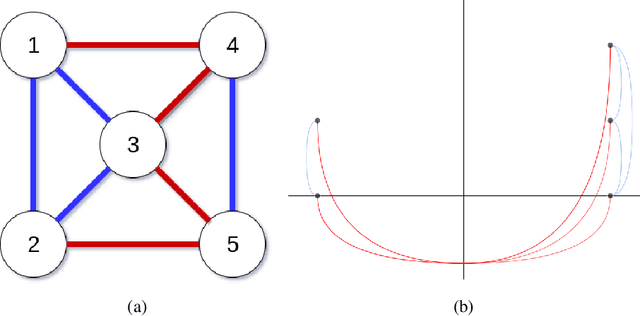
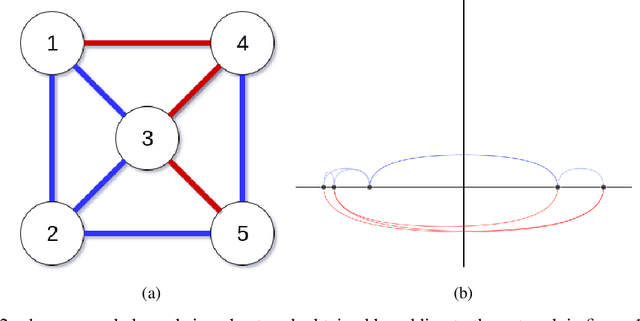
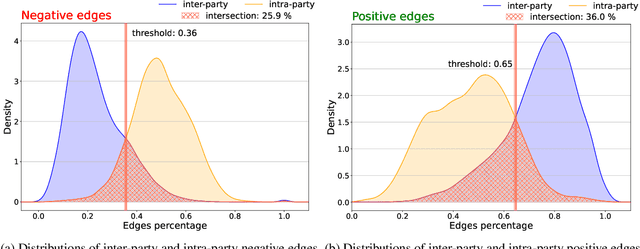
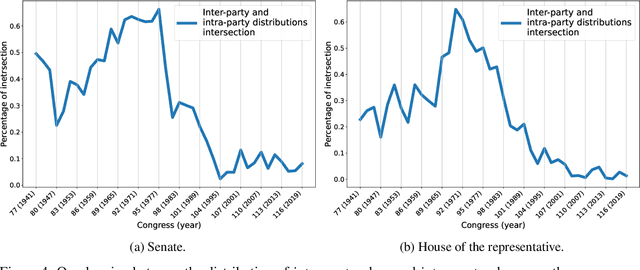
Abstract:Signed networks and balance theory provide a natural setting for real-world scenarios that show polarization dynamics, positive/negative relationships, and political partisanships. For example, they have been proven effective for studying the increasing polarization of the votes in the two chambers of the American Congress from World War II on. To provide further insights into this particular case study, we propose the application of a framework to analyze and visualize a signed graph's configuration based on the exploitation of the corresponding Laplacian matrix' spectral properties. The overall methodology is comparable with others based on the frustration index, but it has at least two main advantages: first, it requires a much lower computational cost; second, it allows for a quantitative and visual assessment of how arbitrarily small subgraphs (even single nodes) contribute to the overall balance (or unbalance) of the network. The proposed pipeline allows to explore the polarization dynamics shown by the American Congress from 1945 to 2020 at different resolution scales. In fact, we are able to spot and to point out the influence of some (groups of) congressmen in the overall balance, as well as to observe and explore polarization's evolution of both chambers across the years.
Writing about COVID-19 vaccines: Emotional profiling unravels how mainstream and alternative press framed AstraZeneca, Pfizer and vaccination campaigns
Jan 19, 2022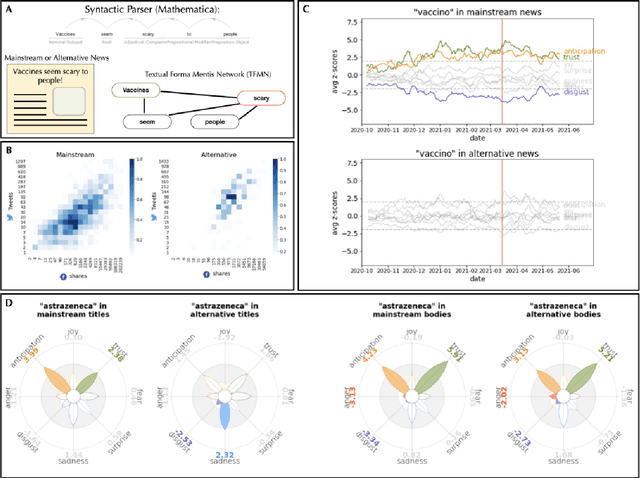
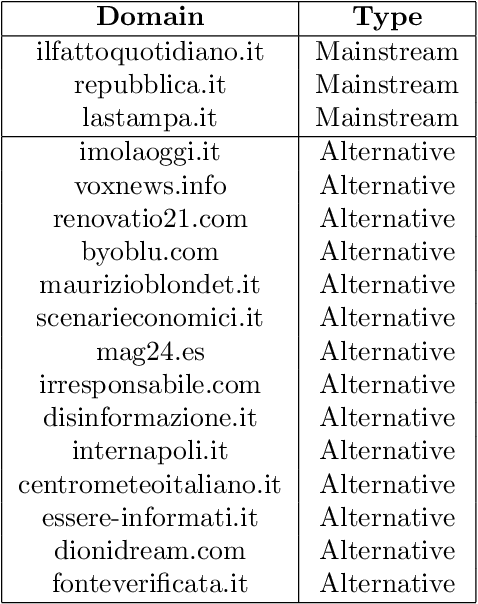
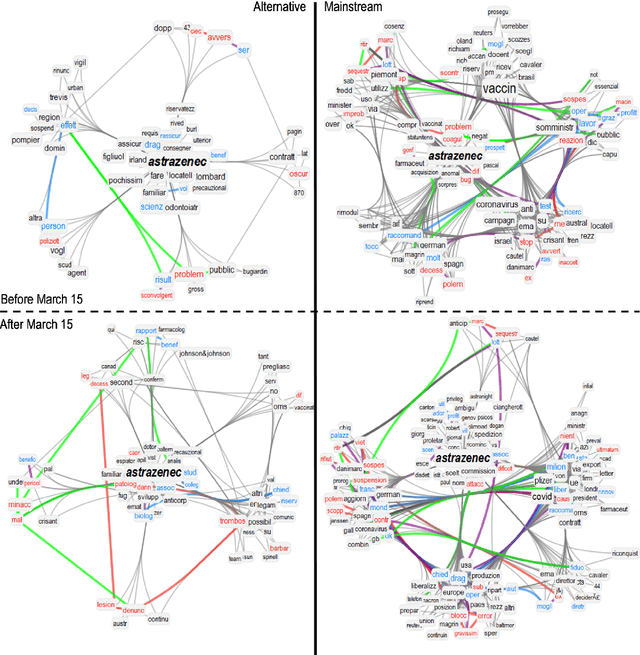
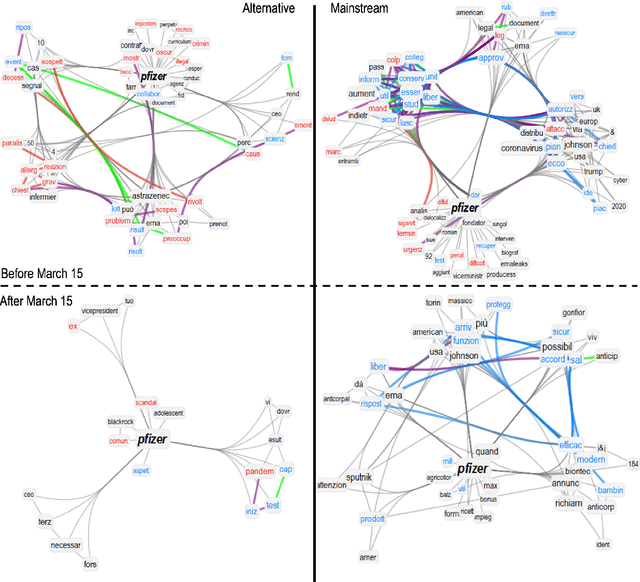
Abstract:Since their announcement in November 2020, COVID-19 vaccines were largely debated by the press and social media. With most studies focusing on COVID-19 disinformation in social media, little attention has been paid to how mainstream news outlets framed COVID-19 narratives compared to alternative sources. To fill this gap, we use cognitive network science and natural language processing to reconstruct time-evolving semantic and emotional frames of 5745 Italian news, that were massively re-shared on Facebook and Twitter, about COVID-19 vaccines. We found consistently high levels of trust/anticipation and less disgust in the way mainstream sources framed the general idea of "vaccine/vaccino". These emotions were crucially missing in the ways alternative sources framed COVID-19 vaccines. More differences were found within specific instances of vaccines. Alternative news included titles framing the AstraZeneca vaccine with strong levels of sadness, absent in mainstream titles. Mainstream news initially framed "Pfizer" along more negative associations with side effects than "AstraZeneca". With the temporary suspension of the latter, on March 15th 2021, we identified a semantic/emotional shift: Even mainstream article titles framed "AstraZeneca" as semantically richer in negative associations with side effects, while "Pfizer" underwent a positive shift in valence, mostly related to its higher efficacy. "Thrombosis" entered the frame of vaccines together with fearful conceptual associations, while "death" underwent an emotional shift, steering towards fear in alternative titles and losing its hopeful connotation in mainstream titles. Our findings expose crucial aspects of the emotional narratives around COVID-19 vaccines adopted by the press, highlighting the need to understand how alternative and mainstream media report vaccination news.
Surveying the Research on Fake News in Social Media: a Tale of Networks and Language
Sep 13, 2021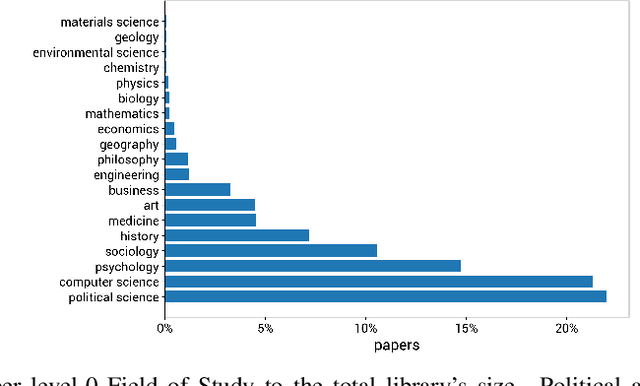
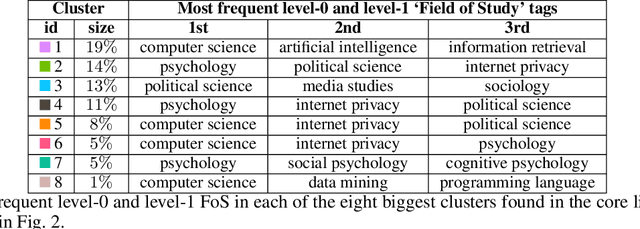
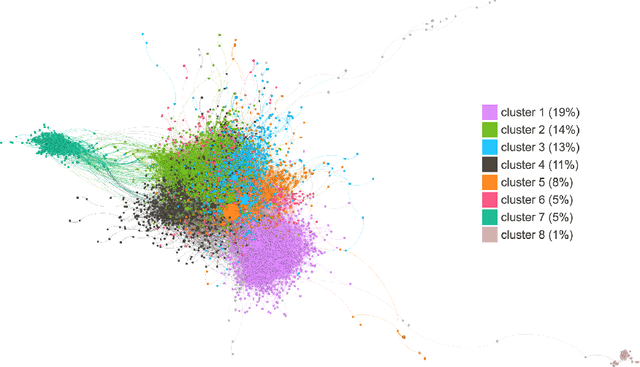
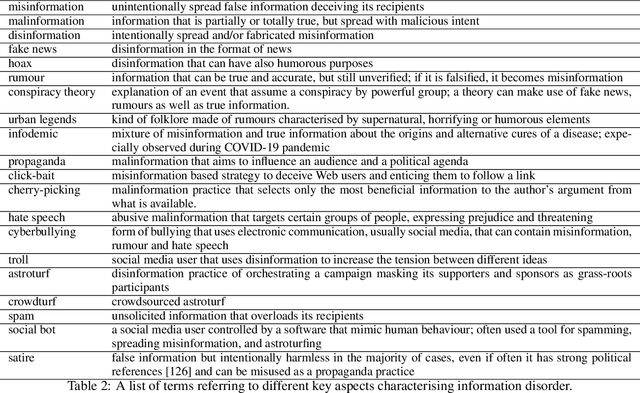
Abstract:The history of journalism and news diffusion is tightly coupled with the effort to dispel hoaxes, misinformation, propaganda, unverified rumours, poor reporting, and messages containing hate and divisions. With the explosive growth of online social media and billions of individuals engaged with consuming, creating, and sharing news, this ancient problem has surfaced with a renewed intensity threatening our democracies, public health, and news outlets credibility. This has triggered many researchers to develop new methods for studying, understanding, detecting, and preventing fake-news diffusion; as a consequence, thousands of scientific papers have been published in a relatively short period, making researchers of different disciplines to struggle in search of open problems and most relevant trends. The aim of this survey is threefold: first, we want to provide the researchers interested in this multidisciplinary and challenging area with a network-based analysis of the existing literature to assist them with a visual exploration of papers that can be of interest; second, we present a selection of the main results achieved so far adopting the network as an unifying framework to represent and make sense of data, to model diffusion processes, and to evaluate different debunking strategies. Finally, we present an outline of the most relevant research trends focusing on the moving target of fake-news, bots, and trolls identification by means of data mining and text technologies; despite scholars working on computational linguistics and networks traditionally belong to different scientific communities, we expect that forthcoming computational approaches to prevent fake news from polluting the social media must be developed using hybrid and up-to-date methodologies.
PyPlutchik: visualising and comparing emotion-annotated corpora
Apr 19, 2021
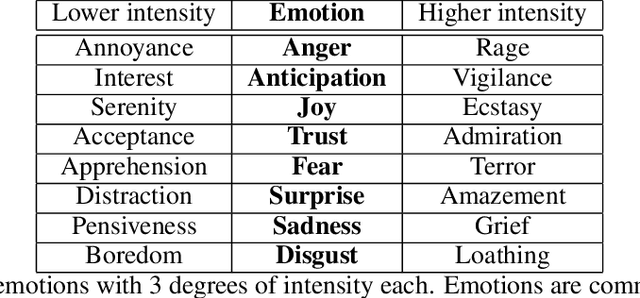
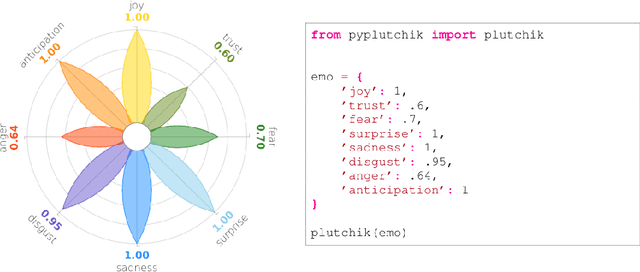
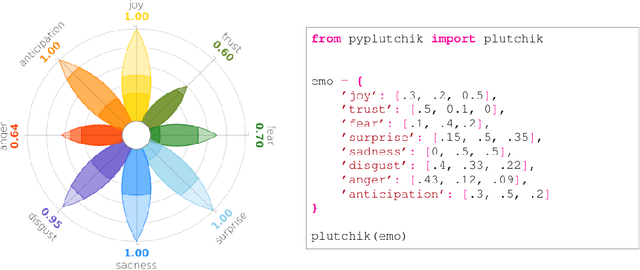
Abstract:The increasing availability of textual corpora and data fetched from social networks is fuelling a huge production of works based on the model proposed by psychologist Robert Plutchik, often referred simply as the ``Plutchik Wheel''. Related researches range from annotation tasks description to emotions detection tools. Visualisation of such emotions is traditionally carried out using the most popular layouts, as bar plots or tables, which are however sub-optimal. The classic representation of the Plutchik's wheel follows the principles of proximity and opposition between pairs of emotions: spatial proximity in this model is also a semantic proximity, as adjacent emotions elicit a complex emotion (a primary dyad) when triggered together; spatial opposition is a semantic opposition as well, as positive emotions are opposite to negative emotions. The most common layouts fail to preserve both features, not to mention the need of visually allowing comparisons between different corpora in a blink of an eye, that is hard with basic design solutions. We introduce PyPlutchik, a Python library specifically designed for the visualisation of Plutchik's emotions in texts or in corpora. PyPlutchik draws the Plutchik's flower with each emotion petal sized after how much that emotion is detected or annotated in the corpus, also representing three degrees of intensity for each of them. Notably, PyPlutchik allows users to display also primary, secondary, tertiary and opposite dyads in a compact, intuitive way. We substantiate our claim that PyPlutchik outperforms other classic visualisations when displaying Plutchik emotions and we showcase a few examples that display our library's most compelling features.
 Add to Chrome
Add to Chrome Add to Firefox
Add to Firefox Add to Edge
Add to Edge